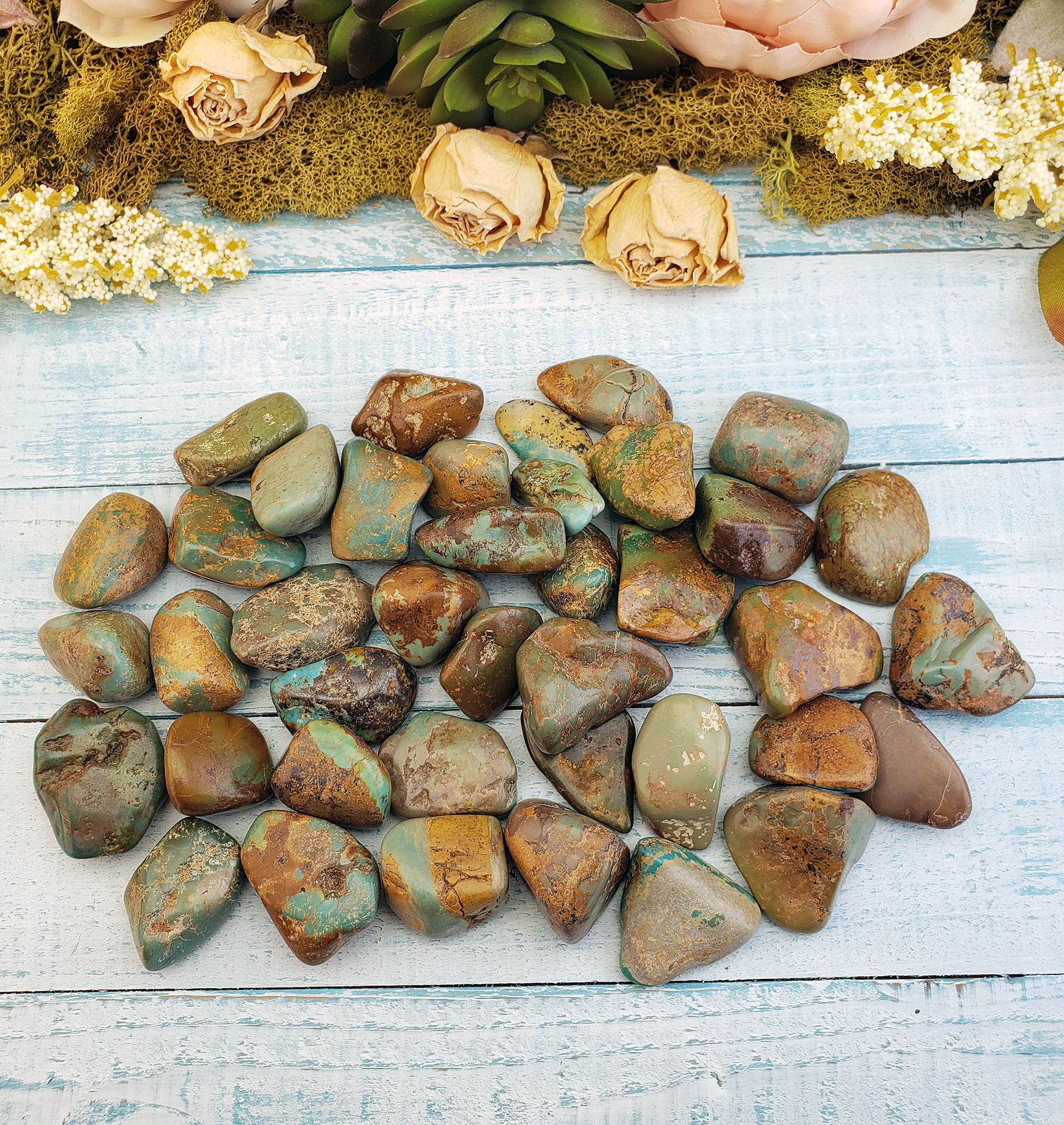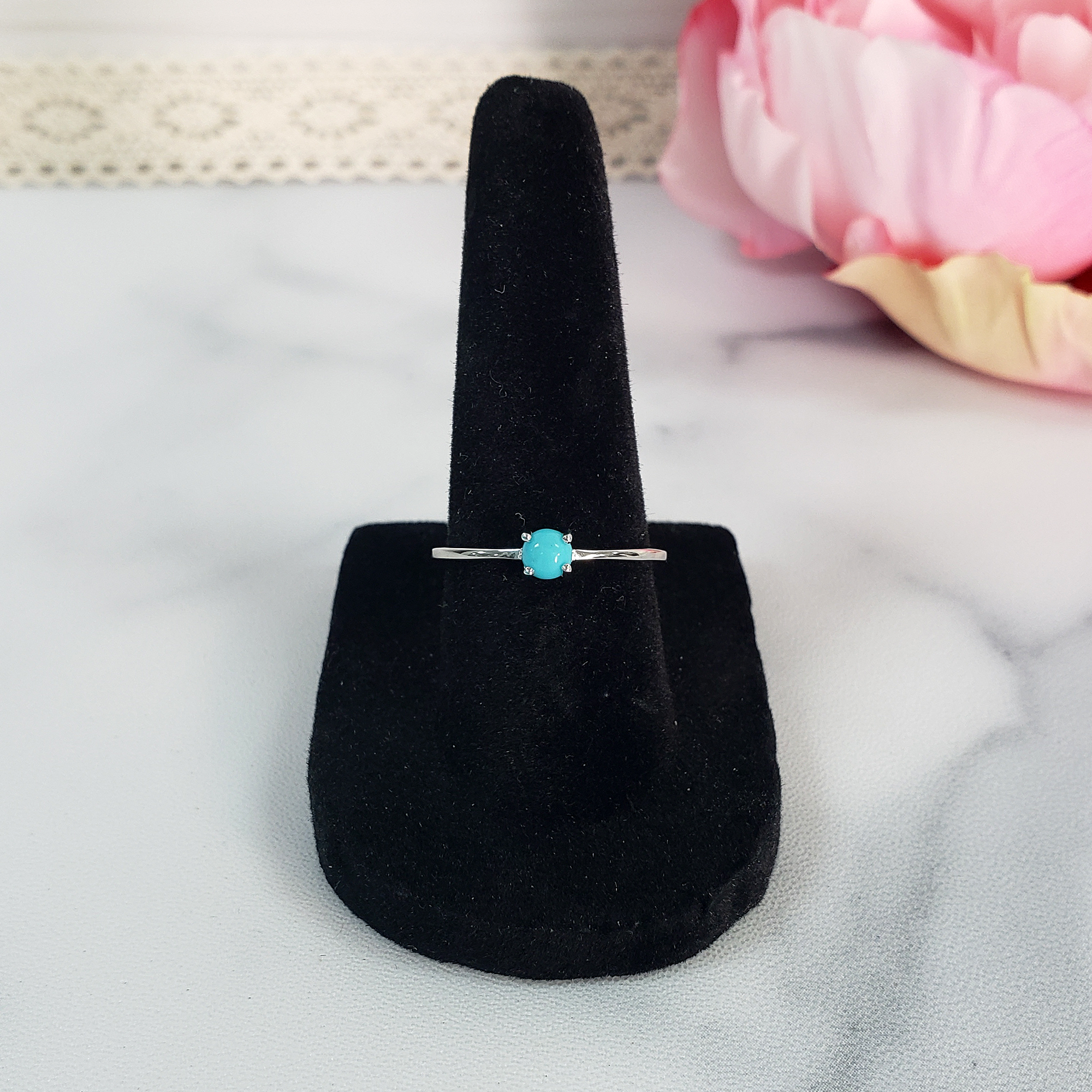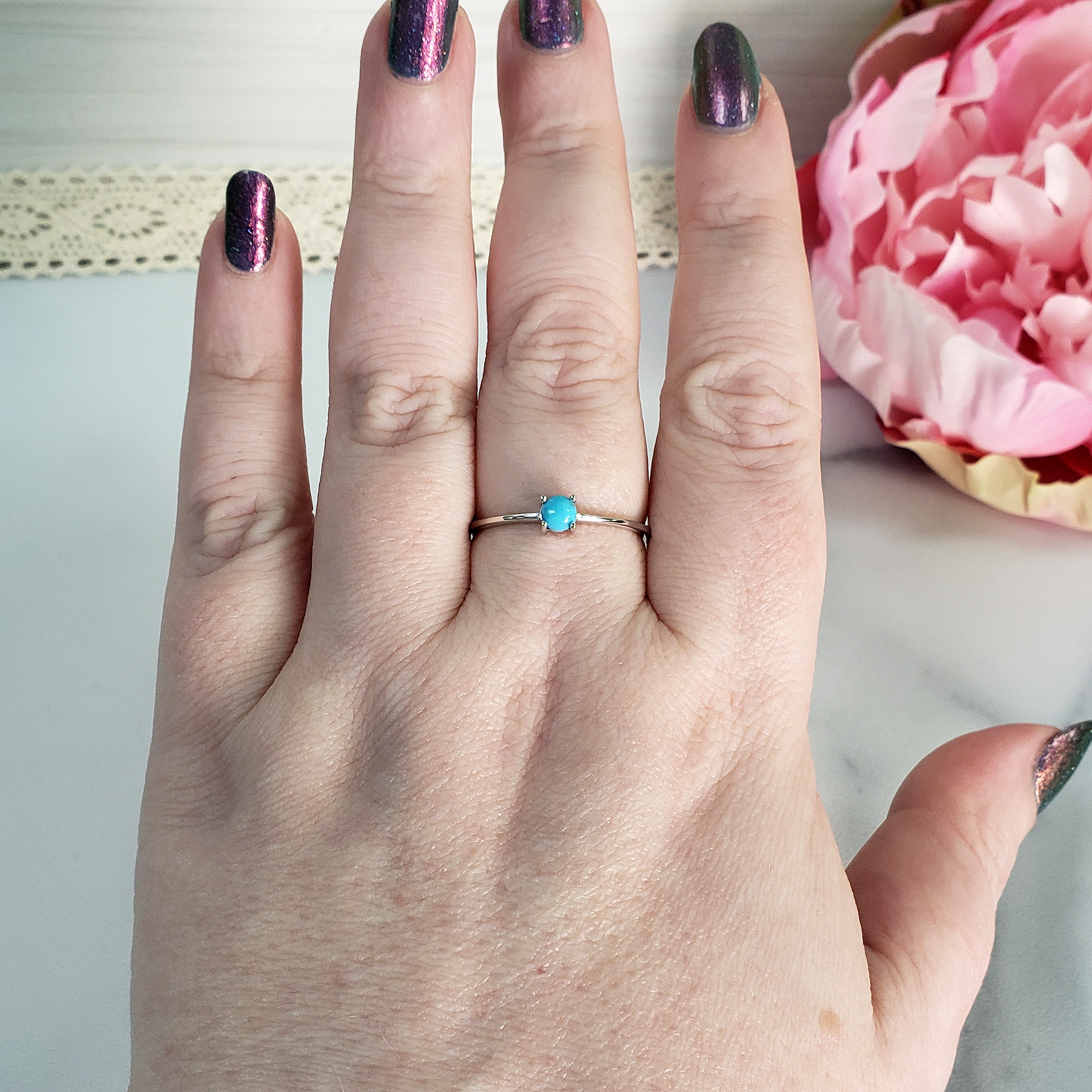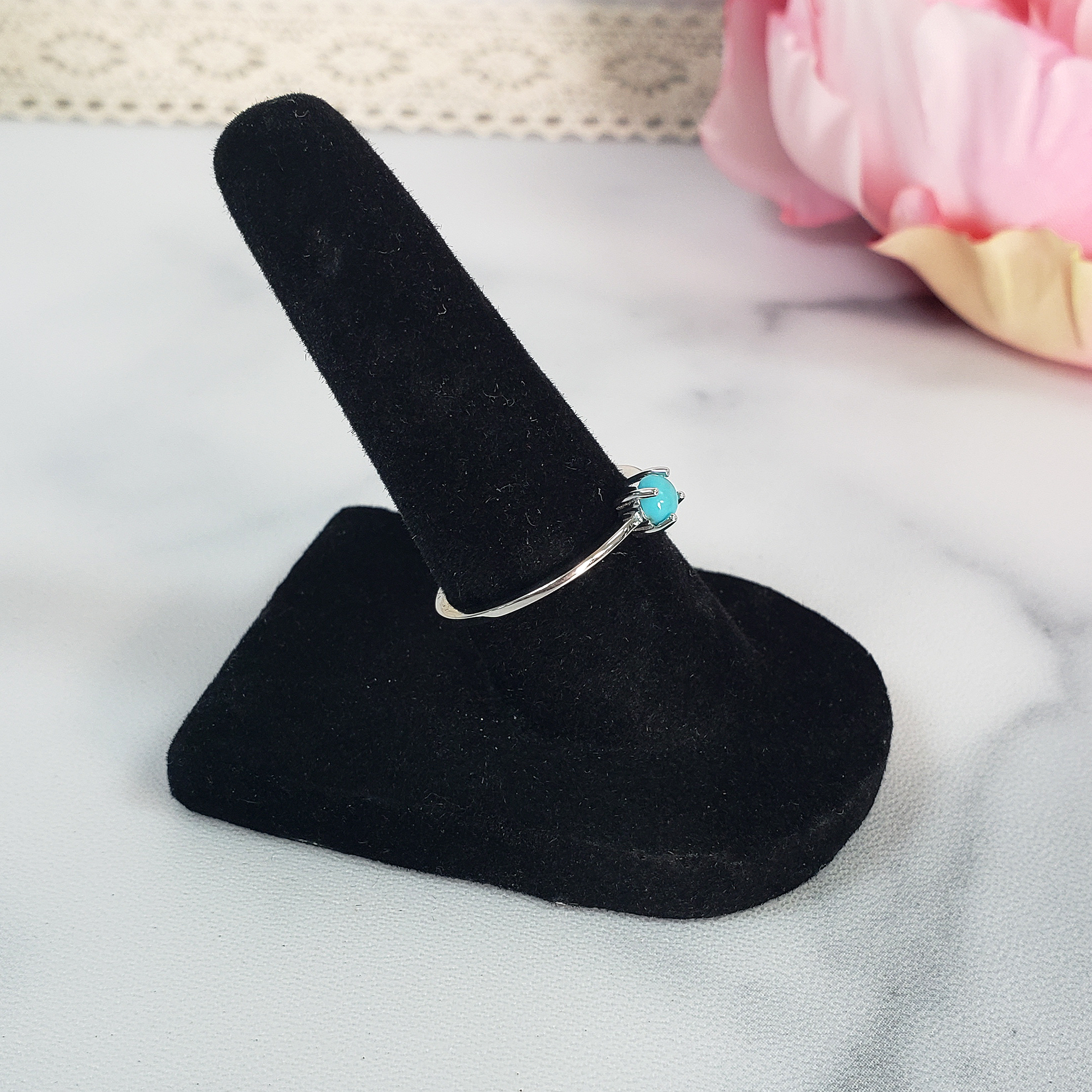What is Turquoise?
Turquoise is a natural gemstone in the Turquoise Group of triclinic phosphates, and is the copper analogue of Faustite. Turquoise exists as a secondary mineral and occurs in the potassic alteration zone of porphyry copper deposits. It has also been found as a pseudomorph after apatite, orthoclase, and even bone! Natural Turquoise has been found in Africa, Australia, and a variety of other locations across the world, but it is often associated with the southwestern United States, where indigenous peoples used it to make highly exquisite Turquoise Jewelry. Ranging from greenish-brown to blue-green, natural Turquoise often features streaks or veins of impurities inherent to the source stone. These impurities are actually a good sign of genuine Turquoise, since the stone's high demand has led to the proliferation of imitation Turquoise throughout history. A well known dyed Howlite variety, referred to as Turquenite, is sometimes used as a form of imitation Turquoise since the white Howlite takes vibrant blue dyes quite well.
Is Turquoise Blue or Green?
Both! Since real Turquoise is one of the world's most popular natural gems, it can vary in coloration depending on its rate of impurity and the location where it was sourced. Natural Turquoise has been found in greenish-grey tones, greenish-blue tones, and robin's egg shades.
Turquoise Meaning and Metaphysical Properties
Turquoise has been known as a stone of power, wisdom, protection, healing, and luck by many cultures across the world. A timeless symbol of opulence and wealth, Turquoise is understandably associated with prosperity, success, motivation, and confidence, but it has also been seen as a bridge between the worlds of the living and the dead. Perhaps because of its reputation as a shielding stone for the removal of negative influences and entities, it has also been found buried with the deceased. Turquoise stones have been found inlaid into amulets, ceremonial armor, and even the weapons of warriors, suggesting that the stone has held a deep spiritual significance to many, in addition to its use as a status symbol.









